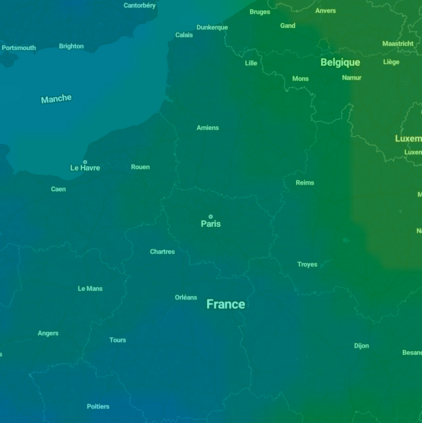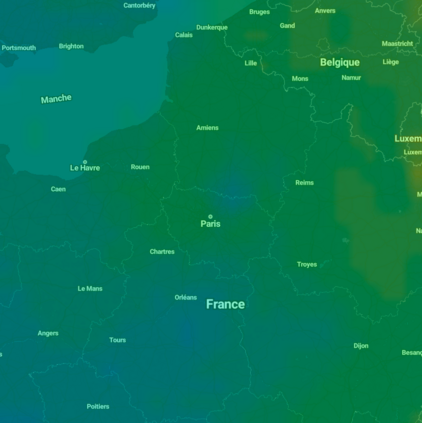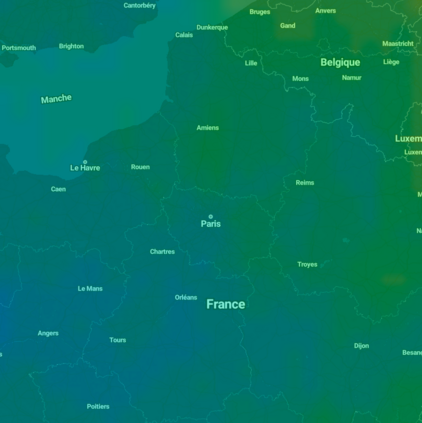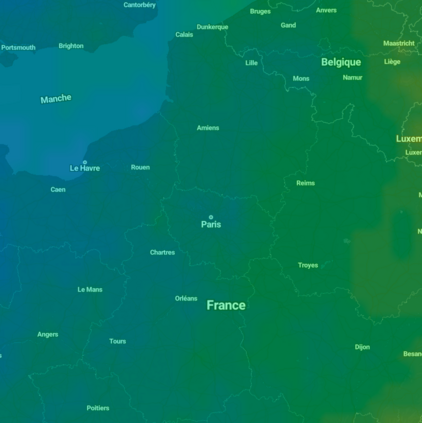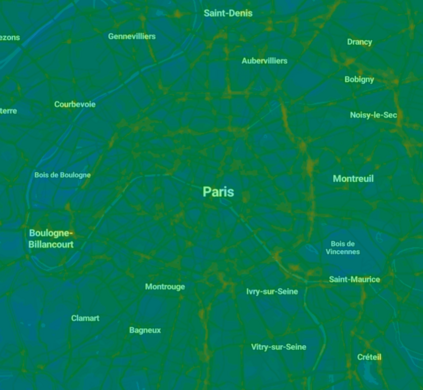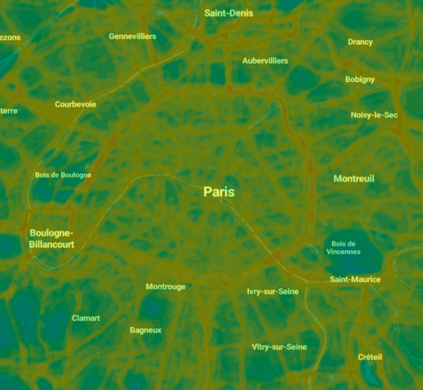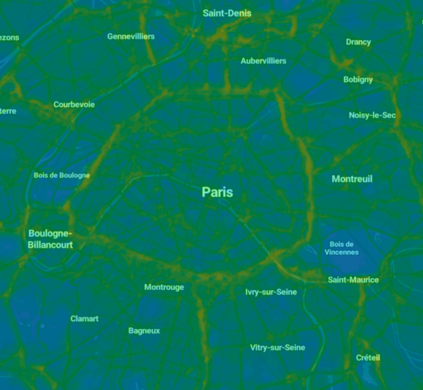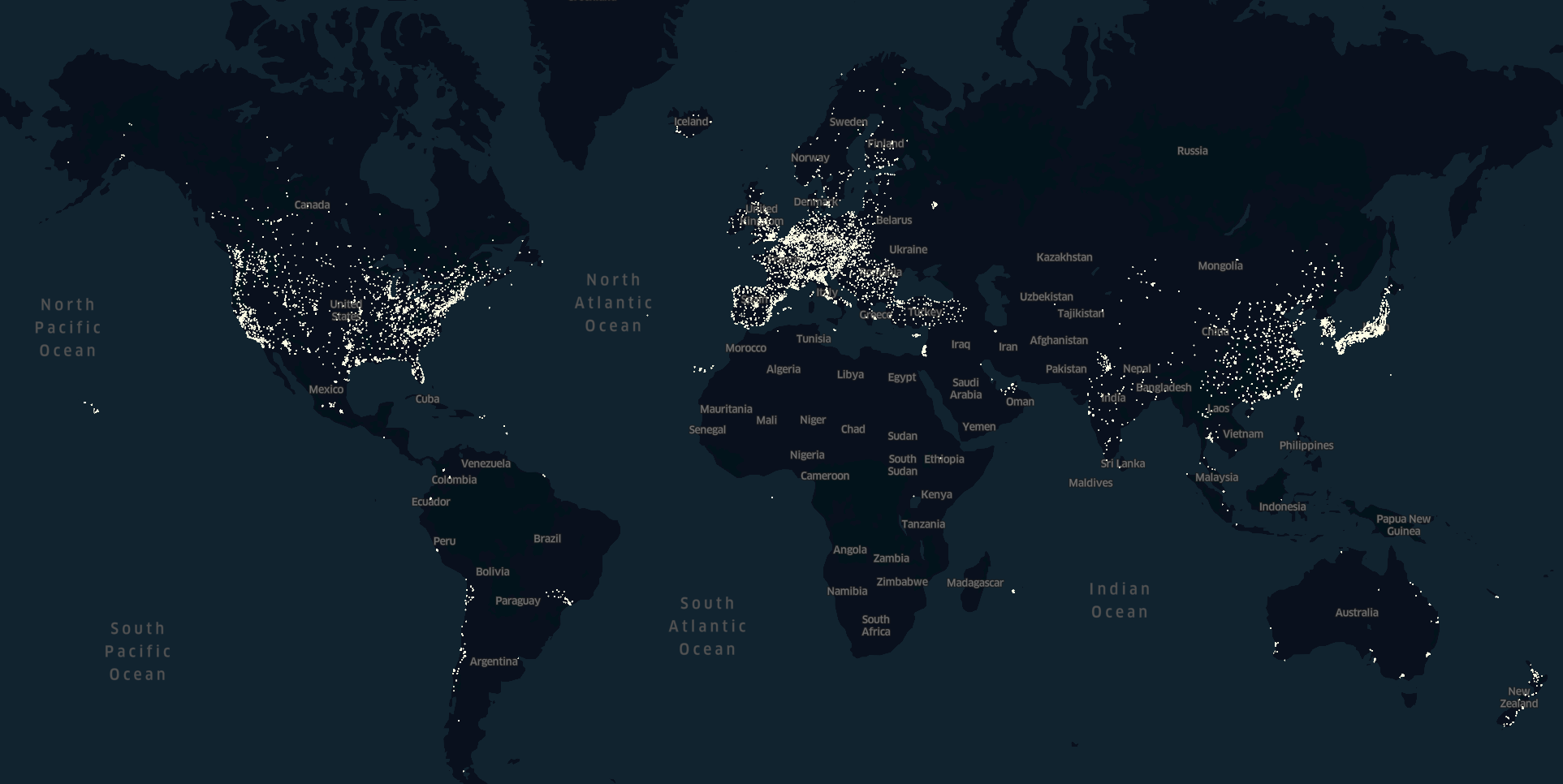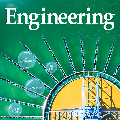This paper presents an engine able to forecast jointly the concentrations of the main pollutants harming people's health: nitrogen dioxide (NO2), ozone (O3) and particulate matter (PM2.5 and PM10, which are respectively the particles whose diameters are below 2.5um and 10um respectively). The engine is fed with air quality monitoring stations' measurements, weather forecasts, physical models' outputs and traffic estimates to produce forecasts up to 24 hours. The forecasts are produced with several spatial resolutions, from a few dozens of meters to dozens of kilometers, fitting several use-cases needing air quality data. We introduce the Scale-Unit block, which enables to integrate seamlessly all available inputs at a given resolution to return forecasts at the same resolution. Then, the engine is based on a U-Net architecture built with several of those blocks, giving it the ability to process inputs and to output predictions at different resolutions. We have implemented and evaluated the engine on the largest cities in Europe and the United States, and it clearly outperforms other prediction methods. In particular, the out-of-sample accuracy remains high, meaning that the engine can be used in cities which are not included in the training dataset. A valuable advantage of the engine is that it does not need much computing power: the forecasts can be built in a few minutes on a standard CPU. Thus, they can be updated very frequently, as soon as new air quality monitoring stations' measurements are available (generally every hour), which is not the case of physical models traditionally used for air quality forecasting.
翻译:本文提供了一个能够共同预测损害人们健康的主要污染物浓度的引擎:二氧化氮(NO2)、臭氧(O3)和颗粒物质(PM2.5和PM10,分别是直径分别低于2.5m和10um的粒子)。发动机用空气质量监测站的测量、天气预报、物理模型产出和交通估计来提供24小时的预报。预测是用几个空间分辨率制作的,从几十米到几十公里不等,与需要空气质量数据的几种使用案例相匹配。我们引入了规模单位区块,它能够无缝地整合在给定的分辨率上的所有可用投入,以返回同一分辨率上的预报。然后,发动机以一个U-Net结构为基础,与几个这些块一起建造,使其有能力处理投入和在不同分辨率上的产出预测。我们实施并评价了欧洲和美国最大城市的发动机,这显然比其他预测方法要差得多。特别是,外表准确度仍然很高,这意味着发动机可以在一个特定分辨率的决议中使用无缝的完整的所有材料。 发动机可以很快在某个城市里程中使用,通常不包含质量的模型。



